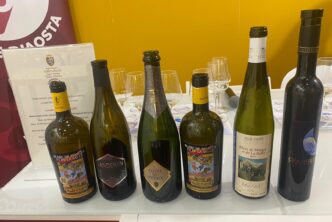Germany is world-renowned for its Riesling wines that are quite unlike those of anywhere else; even better, wines that reach quality zeniths also unlike those of any other famous Riesling wines, except for those of nearby Alsace in France.
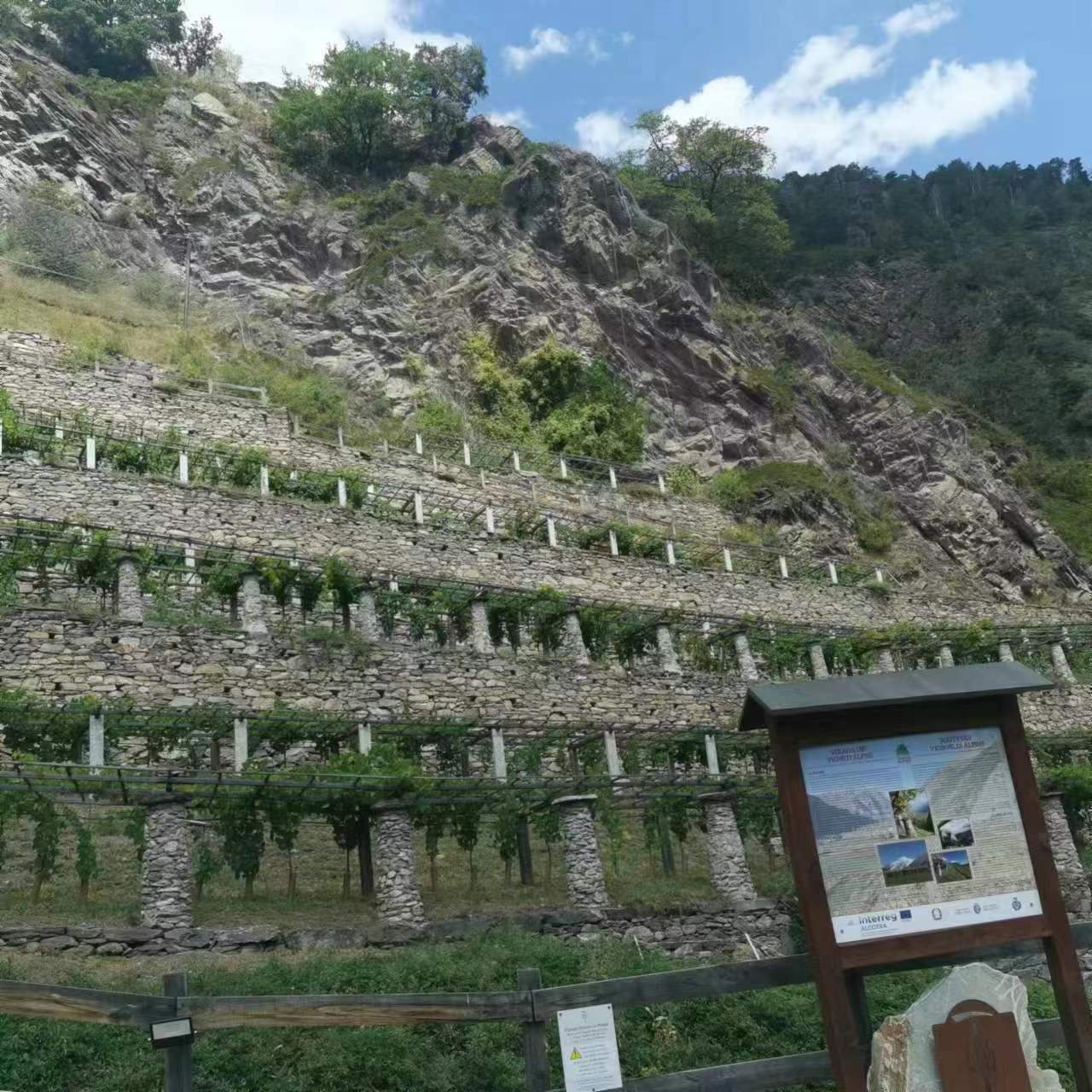
Riesling’s wines enjoys popularity with the wine cognoscenti as well as the novices. Dry, off-dry, sweet and even sparkling versions find many admirers: light in alcohol content but heavy on flavor, Riesling wines are just about perfect for our modern harried lifestyles in which time, patience and good will for and towards 15% behemoths is rapidly waning. In China though, Riesling (and white wine in general, for that matter) didn’t have it as easy as might have reasonably been expected. In the past, the Chinese term for wine was basically equivalent to “dry red-something”, and very little else, seemingly ignoring the fact that there were also many interesting choices available in white and rosé wines. In fact, white wines have historically accounted for less than 10 percent of the Chinese wine market, but that has begun to very obviously change. Over the last ten years, white wine sales have grown by over forty percent, and their rate of growth in percentage wine sales clearly distances the reds. And while red wines still hold the lion’s share of the market, that is changing very rapidly, with many commerce platforms now reporting that white wine sales make up about 40% of their wine sales.
Clearly, Riesling wines are a big beneficiary of this shift in Chinese tastes and buying trends and patterns. This is because fresh white wines in general are much more suited to many of the country’s extremely hot summertime months, but especially because Riesling wines pair extremely well with the majority of Chinese cuisines, something that is not at all true of Chardonnay and Sauvignon Blanc wines, for example. In fact, the increasing relevance of white wines is a world-wide phenom: according to the Organization of International Wine (OIV), global supply and demand for white wine has been expanding since 2000, with 2013 marking a watershed. That year, white wine production surpassed that of red wine (which the organization attributes to the boom in sparkling wines); and so, between 2017 and 2021, white wine production has reached 49.3%, while in comparison, the proportion of red wine has fallen to 42.6%. In China it is much the same, with the rise of young consumers (and women especially) plus the increasing popularity of fresh white wines, It follows that Germany’s many excellent, approachable, easy to like Riesling wines are like a loud business card for the country’s other wines too. It is a well-known fact that diversity of interests increases as markets mature, and that at we are seeing with China’s wine consumption nowadays.
For all its excellence in wine production, with only 3.5% of the world’s annual wine production, Germany is not really, from a global perspective, an especially large wine producer. Furthermore, its production area is also extremely fragmented, with the obvious disadvantages of not being easy to manage and that overall wine production volume is small. But Riesling is still Germany’s best wine calling card, and at 23.6% it is still the country’s leading, most planted, grape variety (thanks to global warming, the second most planted grape variety is now Pinot Noir, with 11.1% of the vineyard land in Germany dedicated to it). However, Germany produces many very fine wines from other grape varieties too, as this tasting report shows: excellent Silvaner, Gewürztraminer and sparkling wines (Sekt) await the wine-loving public. And given the extreme terroir-sensitivity of all grapes such as Riesling, Pinot Noir, Silvaner and Gewürztraminer, this is one case where the fragmentation of the production areas has brought about the benefit of terroir diversity not just from a landscape or environmental perspective but in our wine glasses too.
The wines in this tasting
All wines in this report were tasted by me at the 2024 German Wine Tour event held in Shanghai on June 3, 2024; I tasted the wines both in the general wine salon and a specific master class. A total of 33 German wine producers/importers were present together in the same hall, giving all those present an excellent opportunity to taste many different German wines from recent vintages. With this report, I wished to explore the many facets of German white wines, which is why these specific wines have been chosen and included in this article. Wines are listed in descending order by score, but all the wines in this article are outstanding and I urge you to look for and to give them a try.
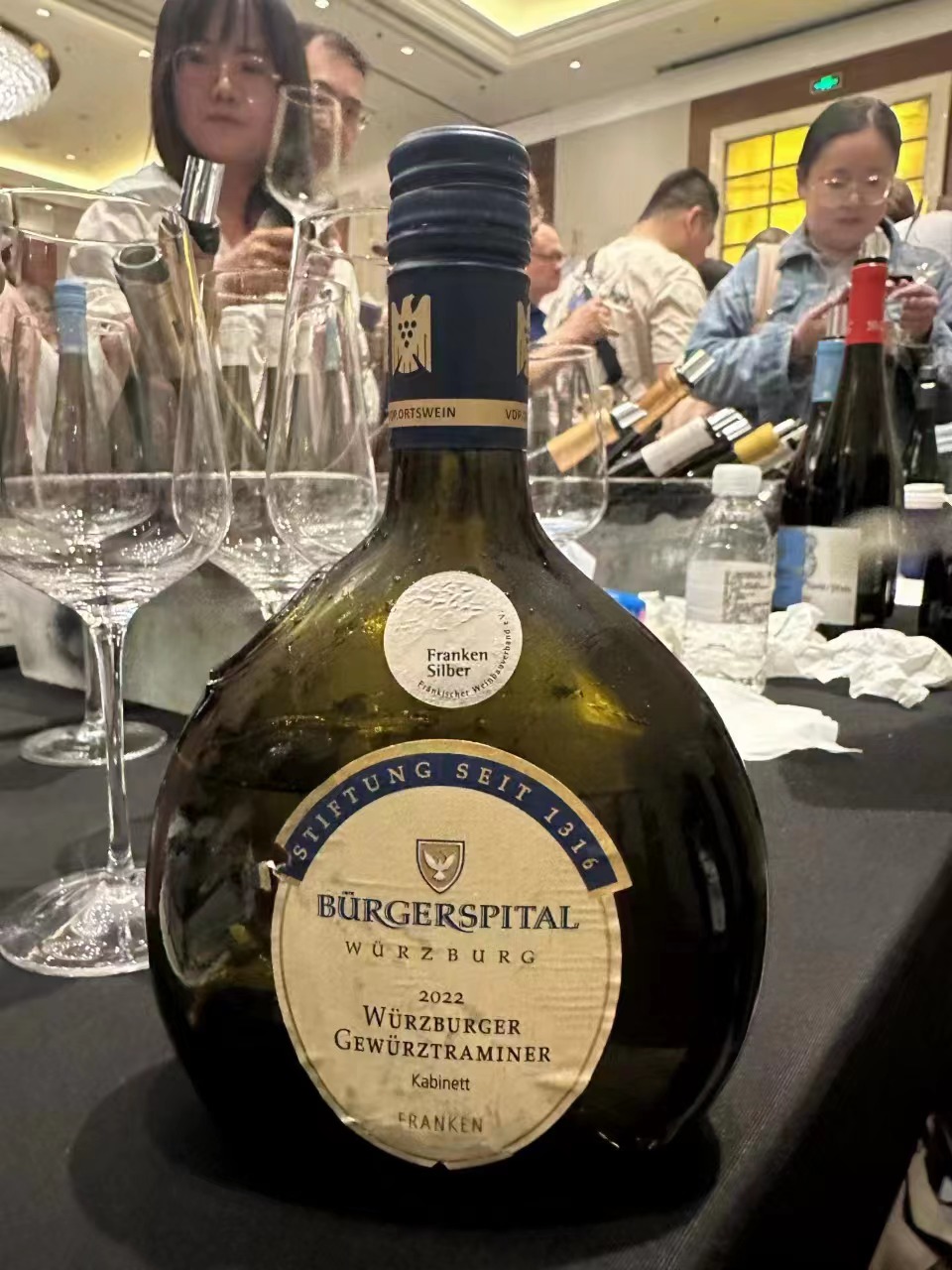
Burgerspital Wurzburg 2022 Gewurztraminer Kabinett 93
Golden color. Delicate rose and light lychee aromas enrich the nose and mouth. Fruity flavors with refreshing acidity and a hint of residual sugar make for a pleasant, long finish that lingers on the palate. Ideal for all types of Asian cuisine. Drinking window:2024~2034
Dr. Hermann 2021 Erdener Treppchen Riesling Kabinett-6 Mosel 93
Bright yellow. At first, this asked for a little aeration to free it of a reductive dumbness. Then very pretty aromas and flavours of lime in the mouth, with the apple and mineral notes very prominent, nicely extended by the harmonious acidity that leads to a very long aftertaste. Very impressive. Even better, though this has 47.6 g/L of residual sugar, it remains very refreshing, pure and light in the mouth, with a clean finish that left me wanting more and more in my glass. Drinking window: 2024-2034
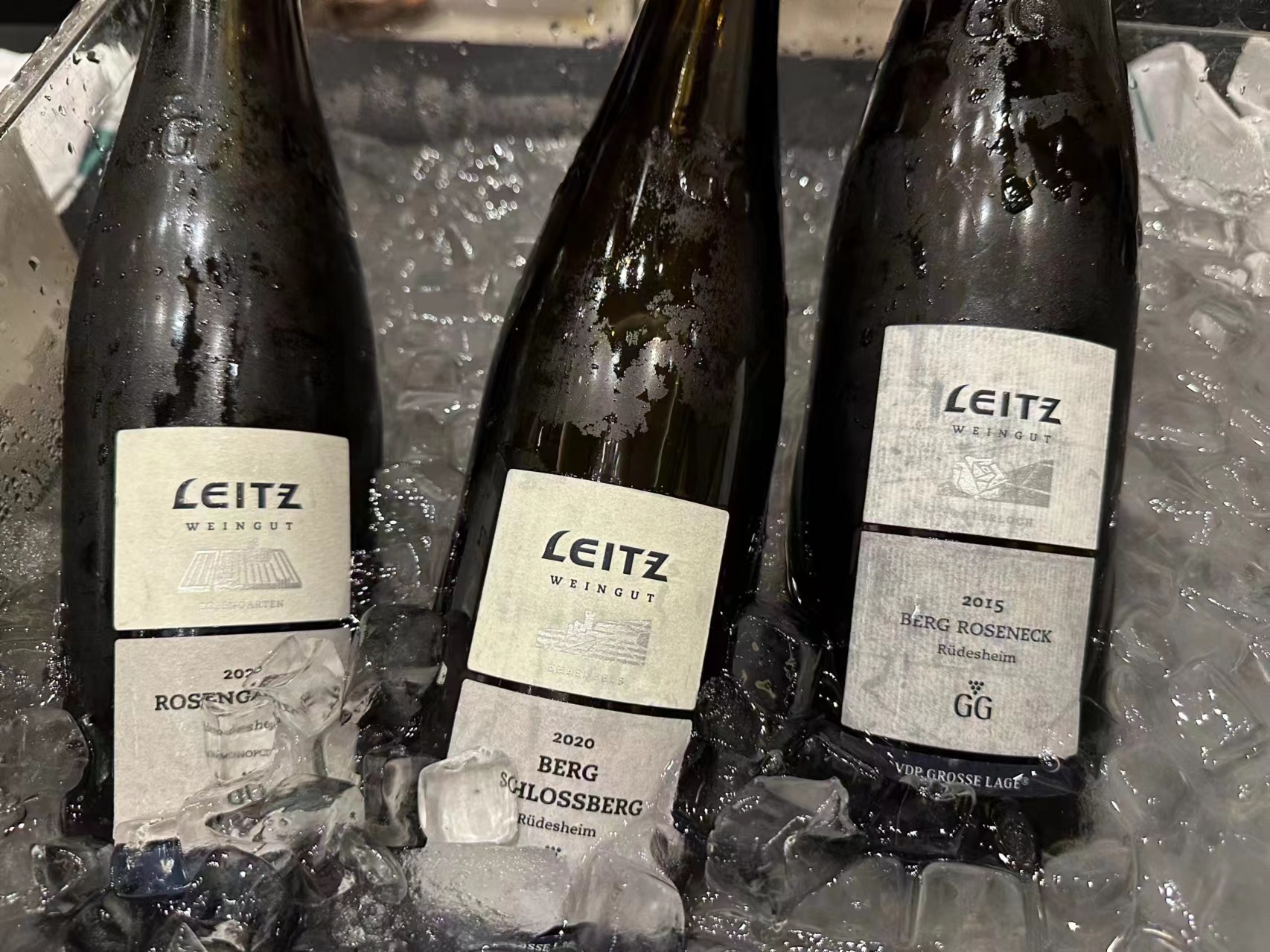
Leitz 2016 Berg Roseneck Rudesheim Grosses Gewächs 93
Pale golden color. Citrus, honeysuckle, honey, minerality and some biscuit aromas on the deep nose. Slim-bodied, but large in its complexity, with some mineral savory notes on the finish mixed with bright linear acidity and a touch of spice. Impressive. Drinking window: 2024-2030
Emrich-Schonleber 2020 Lenz Riesling Nahe Gutswein 92
Light yellow color. Fresh orange blossom aromas on the nose, with citrus, grapefruit peel and nectar on the palate, finishing with excellent ripeness, acidity, and residual sugar, all balanced and harmonious. Drinking window: 2024-2030.
Harrt Piesport 2018 Reserve Mosel 92
Bright yellow color. Citrus aromas, concentrated flavors such as orange peel, dried fruit, aged on the lees 36 monththat helps brings out a creamy biscuit aroma. The palate is also creamy with medium acidity and a long finish. Drinking window: 2024-2032.
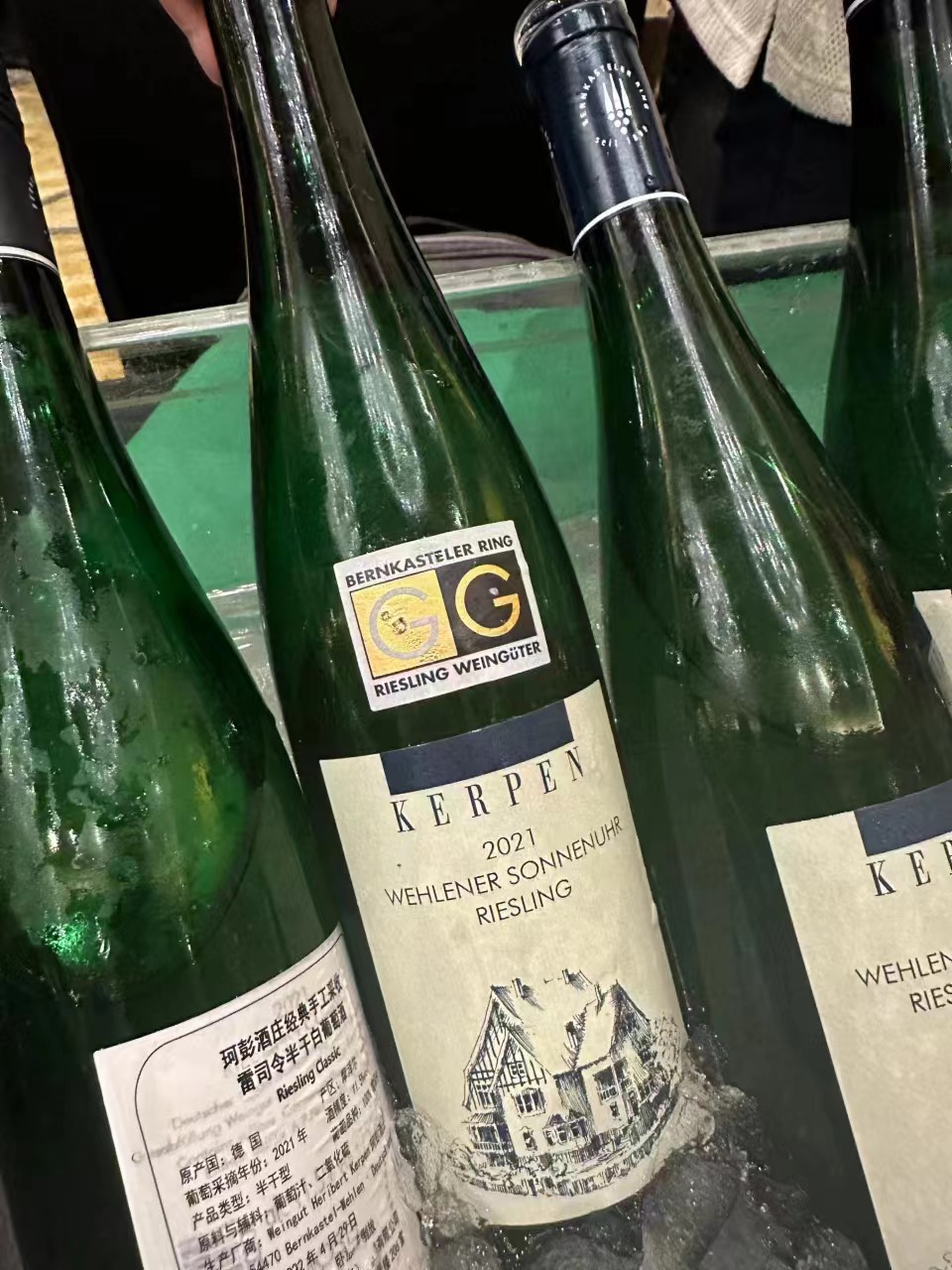
Kerpen 2021 Wehlener Sonnenuhr Trocken Grosses Gewächs Mosel 92
Pale straw-green color. Bright floral and both yellow and white fruit aromas on the precise nose. Crisp acidity provides clarity and cut to the fresh citrus fruits such as lime and sweet orange and provides lift to the richer, riper nectar-like flavors, while extending the salty mineral notes on the finish. Although a GG, the excellent ripeness of the fruit provides plenty of fruit flavor and sweetness making this a rich, suave, wine that is neither gratingly drying nor needlessly herbal, as far too many GG wines are nowadays. Real complexity and a long, rising finish do the rest in making this a show-stopper of a wine. I liked this!. Drinking window: 2024-2033
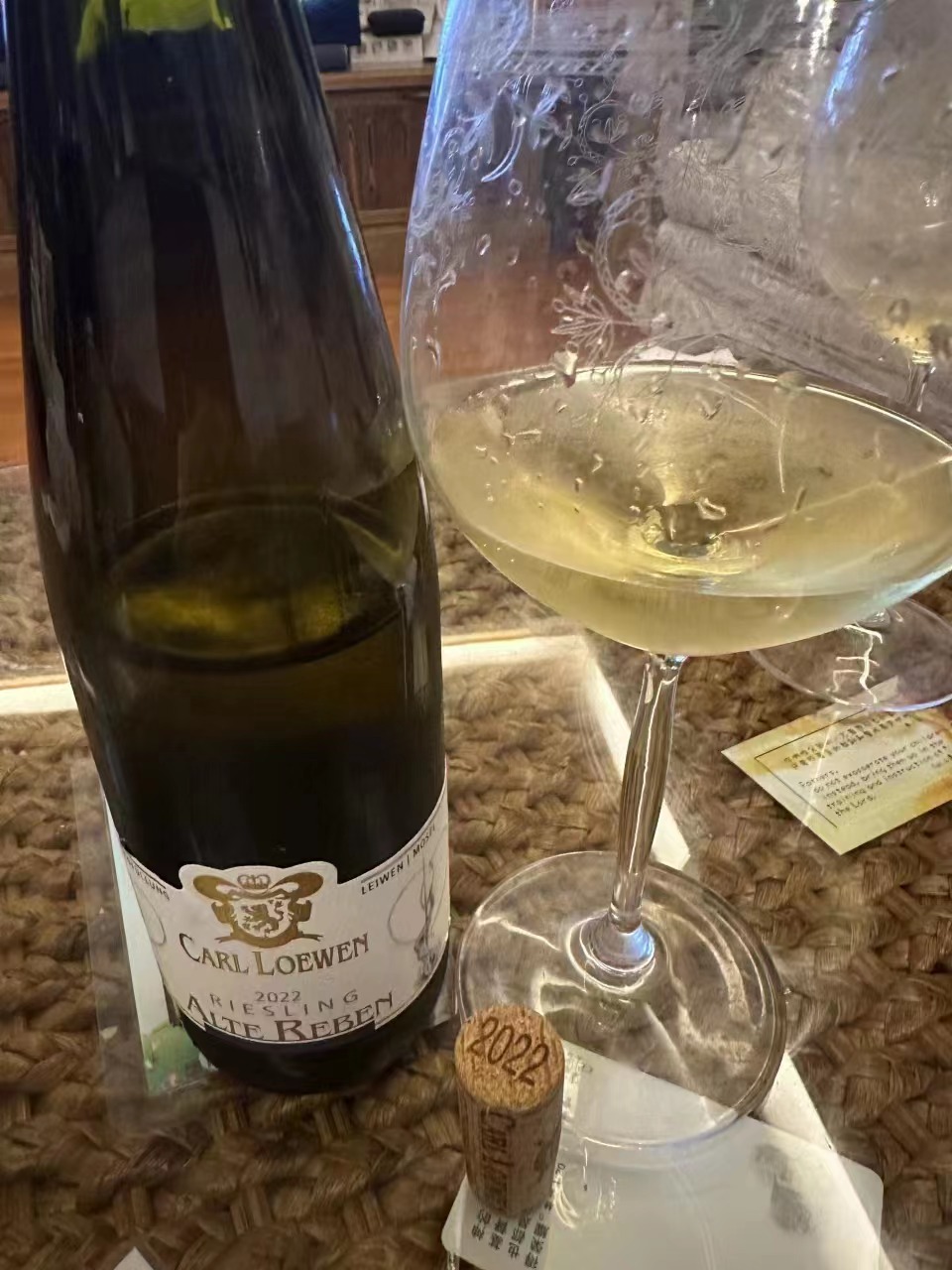
Carl Loewen 2022 Alte Reben Riesling Mosel 91
Bright yellow color. Lime, white peach and grapefruit aromas and flavors are nicely concentrated and pure, with a bright sweet and sour aspect thanks to piercing but harmonious acidity mixed with just the right amount of residual sugar. The finish is long, balanced and clean. Made from 50 to 70 years old vines, this was fermented for 100 days. This offers a good price/performance ratio. This will pair well with a variety of Asian cuisines. Drinking window: 2024-2028.
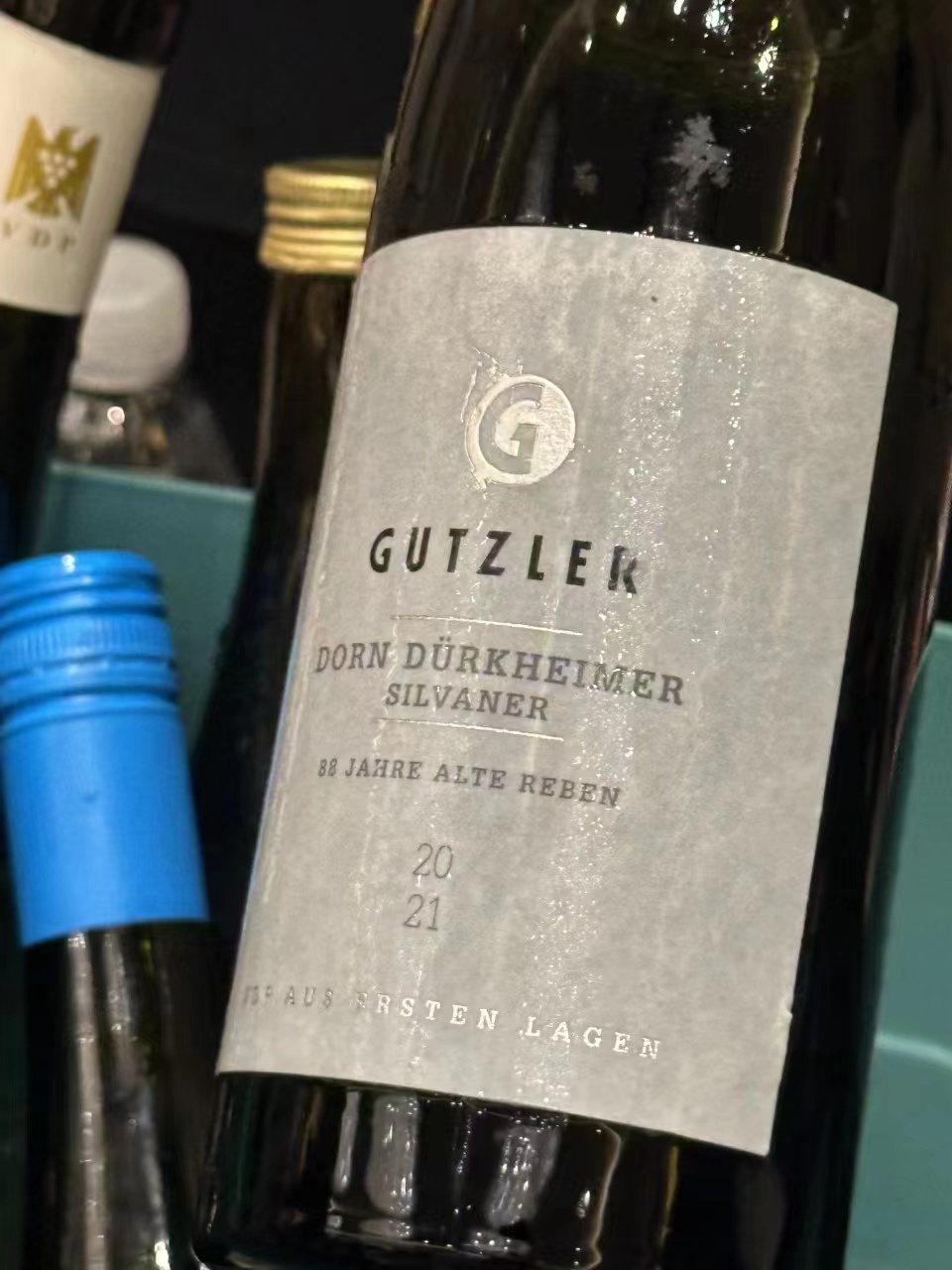
Gutzlen 2021 Dorn Dürkheimer Silvaner Dry Rheinhessen 91
Light golden color. Concentrated aromas of ripe fruits (pear, apple, peach, banana and vanilla): this is really a knockout fruit cocktail of a nose. Then rich and luscious, starting out with an almost unctuous texture but then veering towards a bright, zingy mineral finish, with mellow acidity and a long aftertaste. A really beautiful Silvaner wine made from 88 year old vines. I was really impressed: usually I find Silvaner wines to be a little too vegetal for me, but not this one. Well done. Drinking window: 2024-2030.
Burgerspital Wurzburg 2022 Silvaner Trocken 91
Pale gold color. Rich aromas of grapefruit peel and honeydew melon boast real depth and both floral and mineral lift, Then light bodied with some minty notes to the white orchard fruit flavours, medium acidity, and a clean and crisp finish that lingers nicely. Great with steamed seafood or blanched vegetables, such as asparagus and artichokes. Drinking window: 2024-2034.
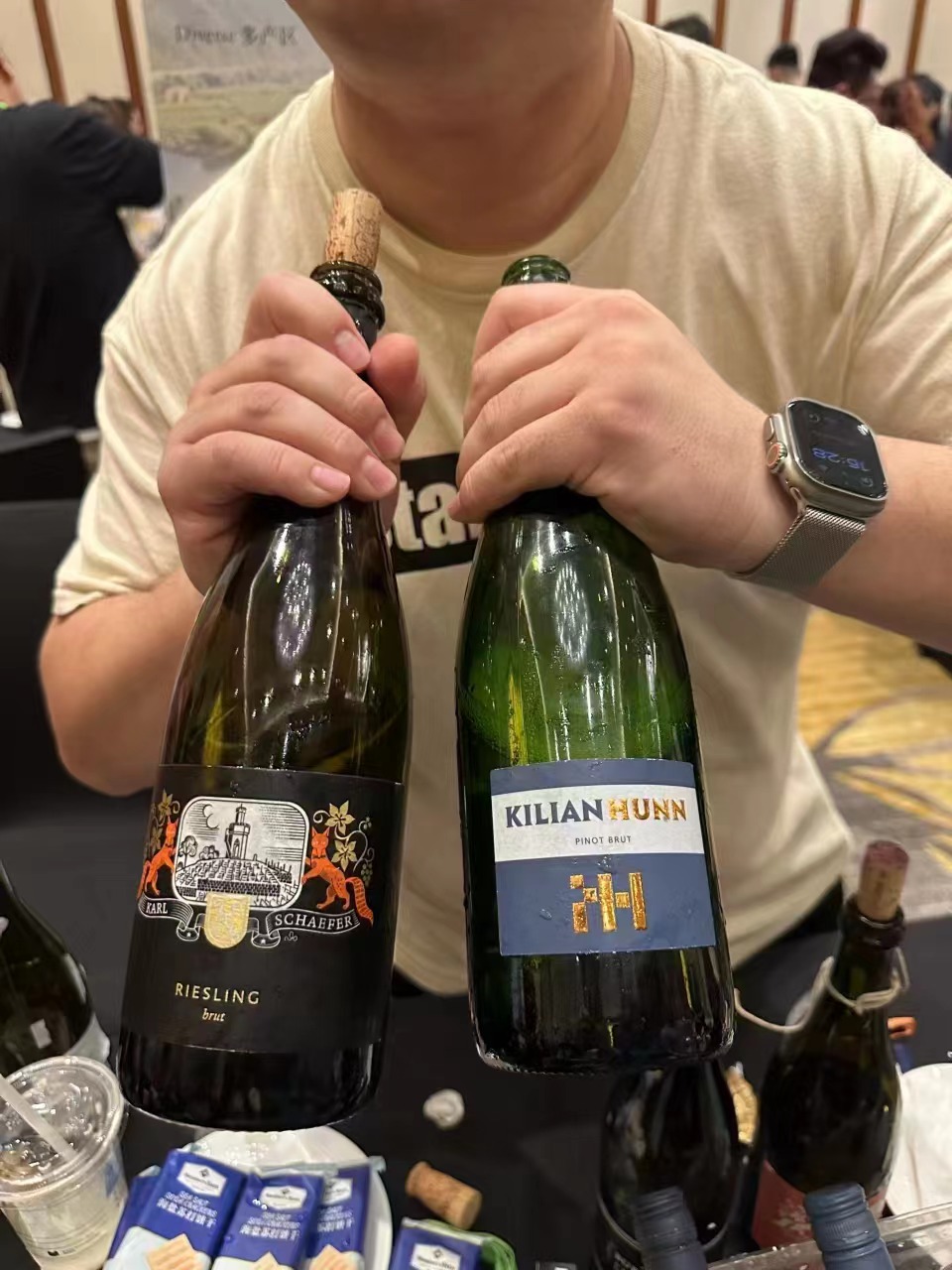
Karl Schaefer Riesling Brut Sekt b.A 91
Light yellow color. Aromas of lime, green apple, and peach, with a bit of toast in the mouth in addition to the fruity aromas, and a bit of yeast autolysis. Round body, bright acidity, and a bit of minerality on the finish. The b.A category of German Sekt (b.A stands for the somewhat cumbersome bestimmter Anbaugebiete) is a specific one of high-quality wines: these have to be made with grapes grown within one of Germany’s thirteen different wine-producing regions (in fact, that’s exactly what the b.A” means: “quality wine coming from a designated area”), and the wines have to pass a tasting by an official committee before they can be so-labeled. Drinking window: 2024-2030
Dr. Loosen 2018 Graacher Himmelreich Riesling Grosses Gewächs Alte Reben Mosel Gross Lage 90
Golden color. Obvious diesel fuel on the nose along with notes of white flowers and fruit. Then in the mouth the rich creamy texture is highlighted by yeasty, toasty flavors from the ageing on the lees. Lush and layered, but a little chunky and on the thick side overall. Drinking window: 2024-2028.
Dressigacker 2020 Riesling Trocken Rheinhessen 90
Light yellow color with a green rim. Apricot-apple aromas with a touch of spice, round and oily in the mouth, Medium acidity on the finish with some rocky minerality. Simple but pleasant, this offers lots of early-drinking appeal. Drinking window: 2024-2030

 中文
中文



